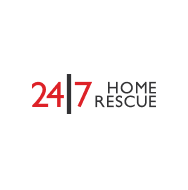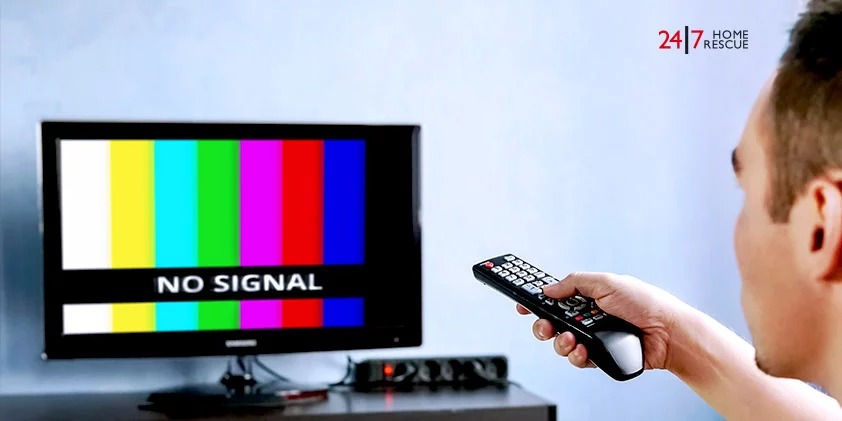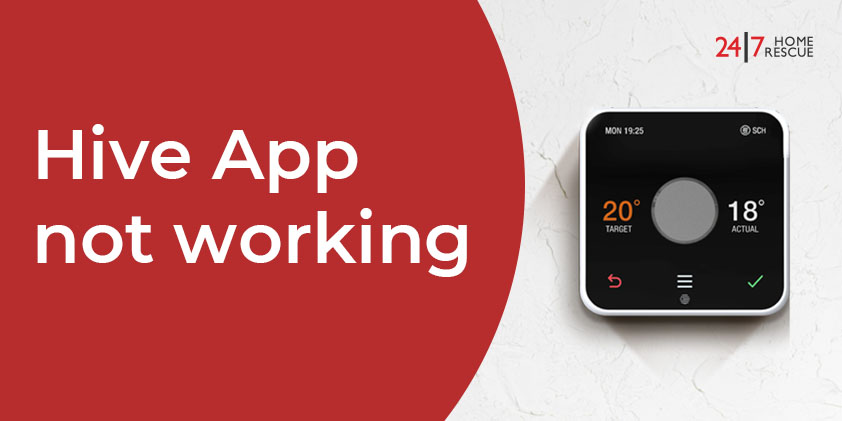
How to Unblock a Drain Quickly and Safely: Comprehensive Professional Tips
Blocked drains are a common household issue that can occur at inconvenient times, leaving you frustrated and in need of a solution. This guide, designed for homeowners and DIY enthusiasts, provides you with the tools, safety precautions, and perseverance you need to effectively and safely restore proper drainage flow in your home, without always needing to call in a professional plumber.
This comprehensive guide is your go-to resource for unblocking drains in various settings, both indoors and outdoors. It covers methods that involve tools and those that utilise natural solutions, such as baking soda and vinegar, giving you the confidence to tackle any type of blockage. So make sure you read the blog till the end.
Related Article: How to Prevent Blocked Drains
Step 1: Identify the Type of Blockage

Understanding the specific cause of the blockage is essential for selecting the most effective solution. Common culprits include:
Hair and Soap Scum: These are prevalent in bathroom drains, particularly in showers and sinks.
Grease and Food Waste: Kitchen sinks often accumulate these substances, especially if food remnants are washed down the drain without proper disposal.
Leaves and Debris: Outside drains can become clogged with organic matter, especially during autumn or after storms.
Wet Wipes, Sanitary Products, or Foreign Objects: Toilets may become obstructed by items that are not intended for flushing.
Before proceeding, inspect the affected drain and note where water is draining slowly or not flowing at all. This will help you gauge the location and severity of the blockage.
How to Unblock a Bath Drain (or Any Indoor Drain)

Most indoor clogged-drain issues can be resolved using a few straightforward tools and everyday household items:
1. Use a Drain Unblocker (Chemical or Natural)
Chemical Drain Unblocker: While effective, it’s important to note that commercial drain unblockers can be hazardous if not used correctly. Always follow the manufacturer’s instructions and consider using natural alternatives if you have safety concerns.
Pour the entire contents of the bottle down the affected drain. Allow it to sit overnight for the solution to break down the clog, and then flush with hot water the next morning to wash away the residue.
Natural Method: For a more eco-friendly approach, combine 1/2 cup of baking soda with 1/2 cup of vinegar. Carefully pour this mixture into the drain, as it will fizz and work to dislodge the blockage. Allow it to sit for approximately 30 minutes, then thoroughly rinse it with hot water.
2. Try a Plunger
Using a Plunger: Ensure the plunger covers the plughole completely to create a proper seal. Firmly push down, followed by a strong pull, for about 15 to 30 seconds. This should make enough pressure to help dislodge the blockage. After plunging, remove the plunger and check if the water drains freely.
3. Use a Drain Snake or Wire Hanger
Drain Snake: Insert a flexible drain snake or an unbent wire hanger into the plughole. Carefully twist and pull the tool as you work it into the drain, which can help remove hairs, gunk, and other build-up that may be causing the clog.
4. Remove and Clean the U-Bend (for Sinks)
Accessing the U-Bend: Place a bowl or bucket beneath the U-bend to catch any water that may spill. Gently unscrew the U-bend using a wrench or your hands, and clean it out thoroughly to remove any debris or blockages. After cleaning, reattach the U-bend securely before running water to ensure everything is sealed correctly.
How to Unblock an Outside Drain Without Rods

Outdoor drains can easily become clogged with natural materials. Here’s how to unblock them safely and effectively:
1. Lift the Drain Cover
Accessing the Drain: Use a sturdy screwdriver or a special tool designed for drain cover removal. For some covers, you may need to use a rope or other leverage. Always wear waterproof gloves and a mask for personal safety, as you may encounter unpleasant debris.
2. Assess Water Level
Evaluating the Situation: Check the water level within the chamber. If it’s filled to the brim, the blockage is likely further down the drainage line. If the chamber is dry, the obstruction is expected to be located before reaching this point.
3. Use a Natural Method (No Rods Required)
Boiling Water and Dish Soap: Pour boiling water mixed with a generous amount of dish soap down the drain to break down grease and loosen debris. Follow this by adding baking soda and vinegar into the drain. This combination will bubble and react to help clear the blockage. Finally, rinse thoroughly with hot water to flush any remaining materials.
4. Try a Wet Vacuum or Hose
Using a Wet/Dry Vacuum: If you have a wet/dry vacuum, it can be an effective tool to suck out stubborn debris, especially larger pieces of matter. However, be cautious when using it on delicate or older pipes, as the suction force can cause damage.
Alternatively, utilising a high-pressure hose can help dislodge softer blockages by forcing water through at high velocity.
If these methods do not resolve the issue, it’s crucial to consider getting a professional drainage repair or reaching out to our 24|7 emergency support line for assistance. Persistent blockages may indicate a more serious issue that requires professional attention.
How to Unblock a Drain With Rods (for Tougher Jobs)

For more serious clogs, particularly those found in outdoor drainage systems, safety is paramount. This section emphasises the importance of wearing appropriate protective gear, including gloves, goggles, and a mask, to ensure your safety and protect you from potential mess and harmful substances.
Insert Drain Rods: Begin by carefully inserting drain rods into the chamber. Push the rods forward while turning them clockwise, which will help break up and dislodge the blockage.
Flushing the System: Once you believe the obstruction has been cleared, run water through the system to confirm that the flow has returned to normal.
Warning!
Never turn drain rods counterclockwise, as this can cause them to detach and get stuck inside the pipe. If the drain remains blocked, consider utilising a professional high-pressure jet service or contacting a drainage specialist for a thorough investigation.
Clean and Prevent Future Blockages

After successfully clearing the blockage, it’s essential to take steps to clean the area and prevent future issues:
Post-Clearance Cleaning: Run hot water through the drain for 2-3 minutes to ensure all grime is flushed away. You can also add a small amount of bleach or antibacterial cleaner to sanitise the drainage system. Remove any visible debris from around outdoor drains to prevent future clogs.
Preventative Tips: To keep drains flowing freely, consider implementing these preventative measures:
Install Strainers: Use sink strainers and hair catchers to trap hair and food particles before they enter the drain.
Avoid Problematic Substances: Never pour fats, oils, or coffee grounds down your kitchen sink, as these substances can solidify and lead to severe clogs over time.
Regular Maintenance: Periodically flush your drains with a mixture of hot water and baking soda to help maintain optimal drainage flow and break down any accumulated buildup.
When to Call a Professional
Seek expert assistance if you encounter any of the following scenarios:
Inability to Locate the Blockage: If you are unable to identify or clear the obstruction after trying various methods, professional help may be necessary.
Frequent Drainage Issues: If you experience recurring drainage problems, it may indicate a more significant underlying issue within your plumbing system.
Suspected Pipe Damage or Root Intrusion: If you suspect that tree roots or pipe damage are causing the blockage, it is best to consult a professional.

Drainage Repairs
Keep your home flowing smoothly with our team of expert drainage repair specialists. We handle issues with internal and external waste pipes and drains.
Need Assistance?
Our Home Emergency Cover ensures you have access to drainage specialists. Call our 24|7 claims line and provide your reference number to get started. With the right approach and knowledge, you can tackle drain blockages effectively and maintain a smoothly running plumbing system.
At 24|7 Home Rescue, we aim to keep our blogs accurate and helpful at the time of publication. However, details such as images, services, or product information may change. Content is for general information only and not professional advice. For the latest updates, please review our Terms & Conditions or contact us directly. 24|7 Home Rescue accepts no liability for actions based on outdated or incomplete content. Our team is always happy to help with any questions.











